Expansion Joint
Price: Contact
Singapore Singaflex Expansion Joints
- Bellows inner material: Stainless steel 304 or stainless steel 316
- Flange material: Stainless steel 304 or CS steel A105, SS400,...
- Connection: ANSI150RF Flange or as required.
- Pressure, fluid: Contact PME for advice.
- Discount code and product availability: Contact PME.
Overview of Expansion Joints
An Expansion Joint (also called expansion compensator or expansion compensator) is a mechanical component designed to absorb the expansion and contraction of pipes due to temperature variations or vibrations. They are used to reduce stress in piping systems, protect connections and extend the life of the system.
Structure of Expansion Joints
1. Pipe body: Usually made from metal such as stainless steel, carbon steel, or other alloys, capable of withstanding heat and pressure.
2. Bellows: Is the main part of the expansion tube, which can be cylindrical or corrugated, made from elastic metal to absorb expansion and contraction movements.
3. Connectors: Connectors are designed according to standards such as flange, thread, or welding for easy installation into the piping system.
4. Movement limiters: Includes washers or limit bars to control the range of motion of the expander, ensuring safety and efficiency.
Advantages of Expansion Joints
1. Ability to absorb expansion and contraction: Expansion fittings can absorb movements caused by thermal expansion or vibration, reducing stress on connections and pipes.
2. Protects the piping system: Reduces the risk of cracks or pipe damage due to temperature changes or vibrations, extending the life of the system.
3. Easy installation and maintenance: Diverse designs with different connector types make it easy to install into existing piping systems and maintain.
4. High heat and pressure resistance: Made from heat and pressure resistant materials, suitable for heavy industrial and high temperature applications.
5. Reduce vibration and noise: Absorb vibration and noise, helping the system operate more smoothly.
Disadvantages of Expansion Joints
1. High cost: Expansion fittings have high costs due to their complex structure and special materials.
2. Correct installation required: To operate effectively, the expansion pipe must be installed correctly according to the manufacturer's instructions, including correct alignment and fixation.
3. Routine maintenance: Periodic inspection and maintenance is required to ensure performance and safety, including checking for cracks, wear and damage.
4. Limited movement: Despite the ability to absorb expansion, the range of movement of the expansion sleeve is still limited by design and size.
Application of Expansion Joints
• Energy industry: Used in heat, steam, and gas piping systems in power plants, boilers, and renewable energy systems.
• Chemical and petroleum industry: Used in chemical and petroleum pipeline systems where there are large temperature variations.
• Food and pharmaceutical industries: Use in production systems that require controlled temperature conditions and hygiene.
• Construction industry: Used in plumbing systems, HVAC systems and other construction applications.
Conclude:
Expansion Joints are an important component in industrial and construction piping systems, helping to protect the system from stress caused by temperature variations and vibrations. Despite their high cost and precise installation requirements, their ability to absorb expansion, reduce vibration and protect the system makes them an indispensable choice in many applications. The selection and installation of expansion pipes should be done carefully to ensure system efficiency and safety.
Related projects









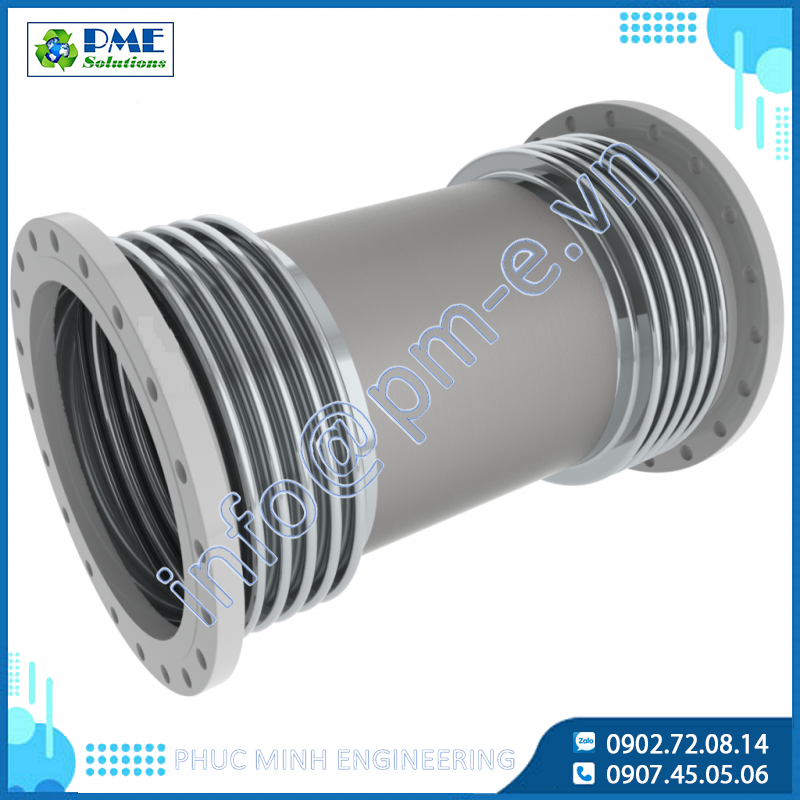




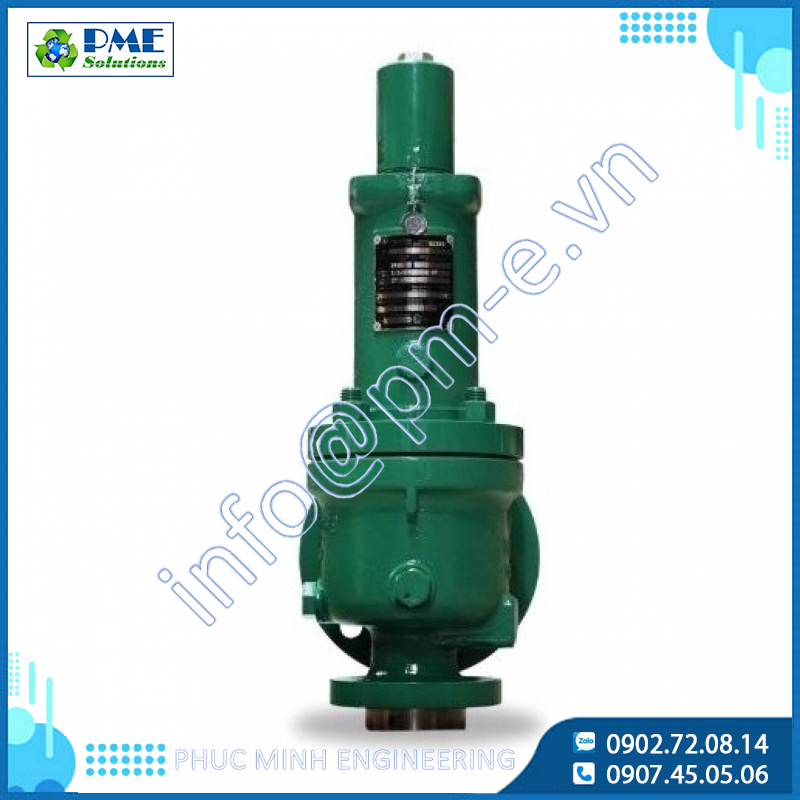
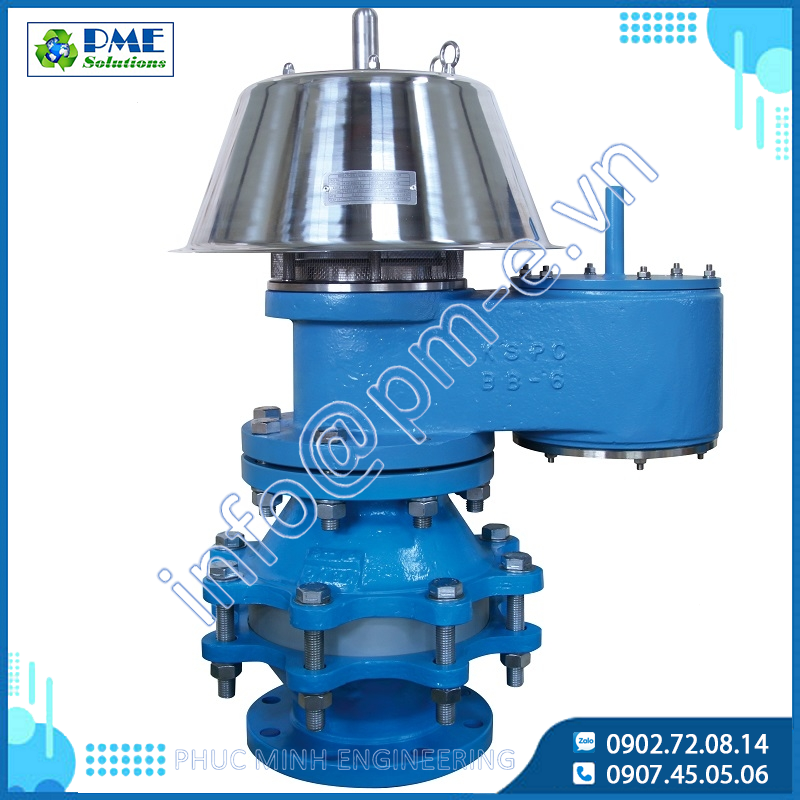
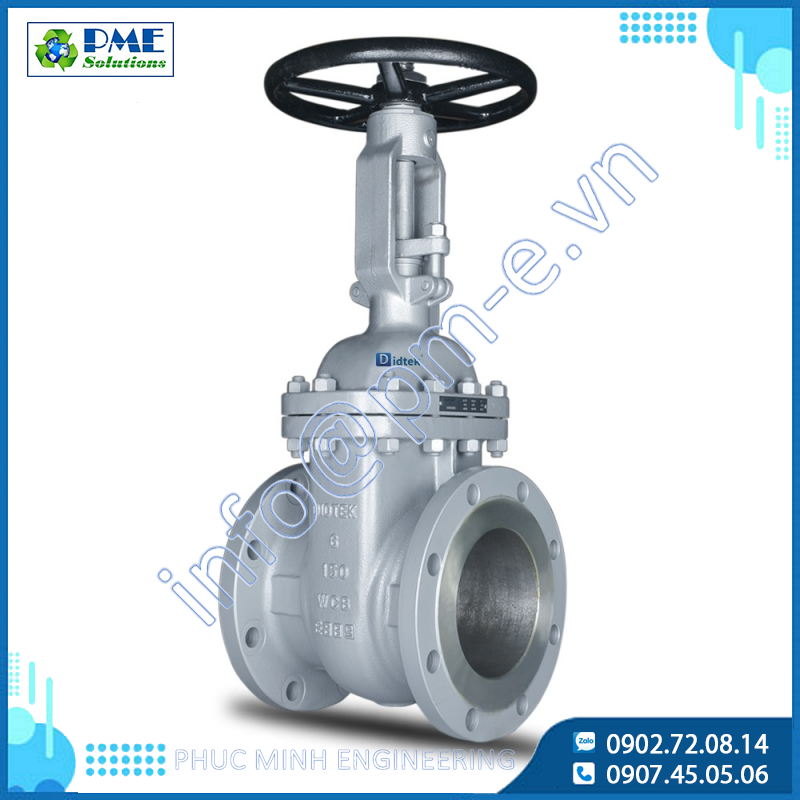
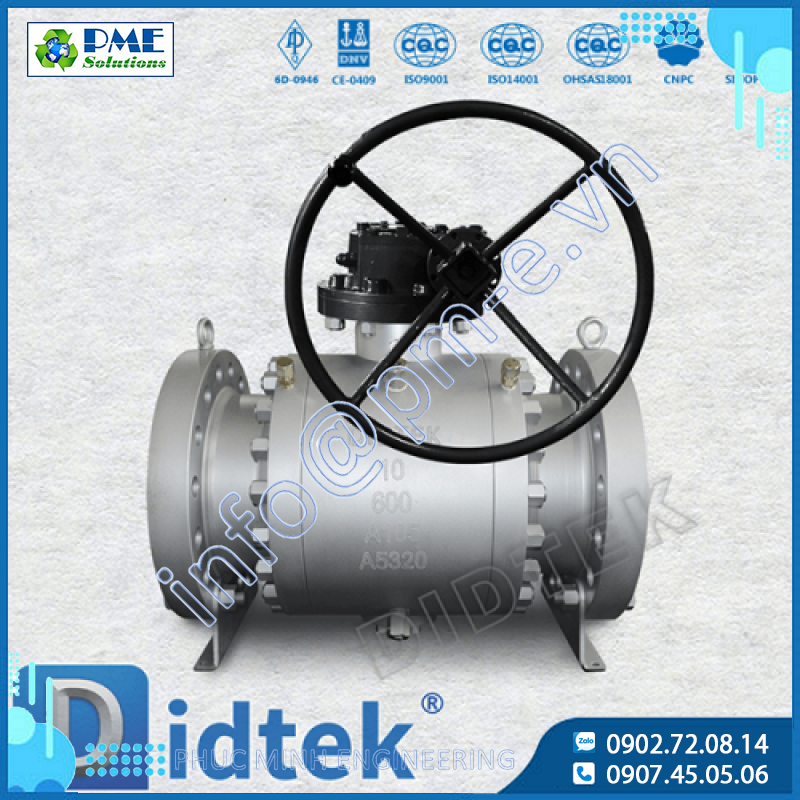
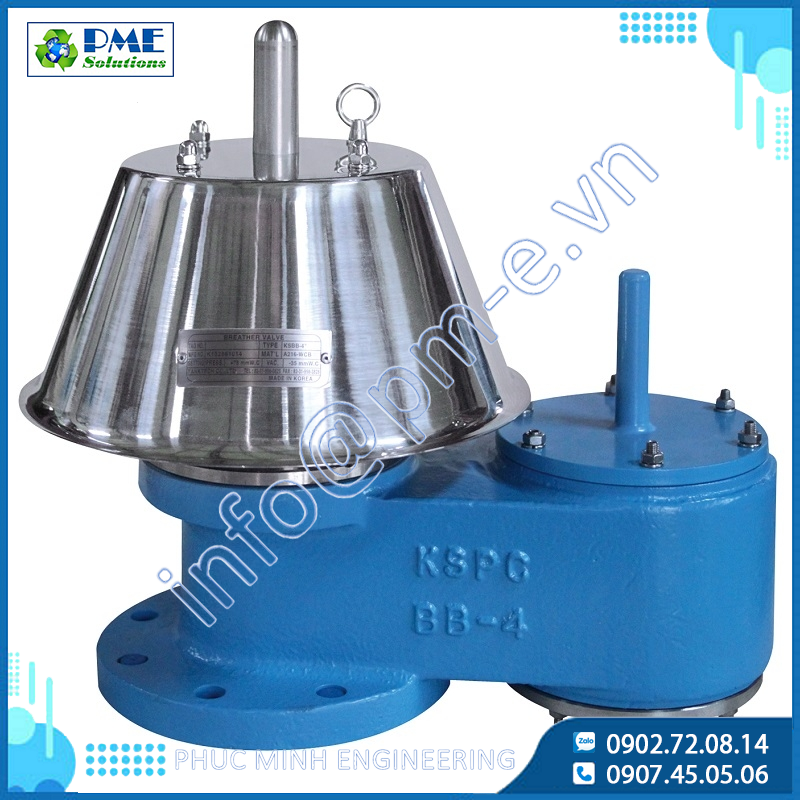


.png)






